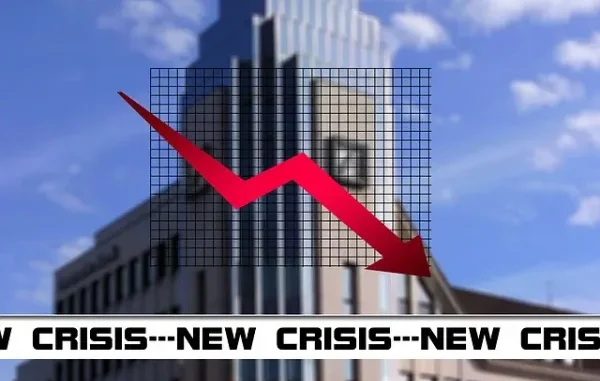
Let’s chat about economic stagnation. It might sound like one of those complicated topics you’d expect to hear about in a lecture or some economic report, but honestly, it’s something that’s pretty easy to understand once you break it down. So, let’s dive into what economic stagnation really is, and why it matters to you and me.
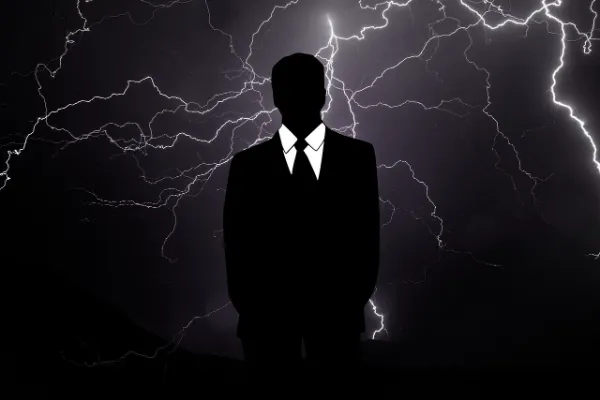
What Exactly Is Economic Stagnation?
Okay, imagine this: You’re cruising down the road, feeling good, and everything’s moving smoothly. Then, for some reason, your car just… stops moving forward. The engine’s still running, but no matter how much you press the gas pedal, you’re not going anywhere. That’s kind of what economic stagnation is like. The economy (that’s the engine of the country, if you will) is still running, but it’s not really growing. In fact, it might not even be shrinking—it’s just stuck in neutral.
Economic stagnation is when a country’s economy experiences very little or no growth for an extended period of time. People aren’t getting richer, businesses aren’t expanding, and overall economic activity slows down. It’s like a long stretch of the economy not really going anywhere, and that can cause a lot of problems for everyone involved.
Why Does Economic Stagnation Happen?
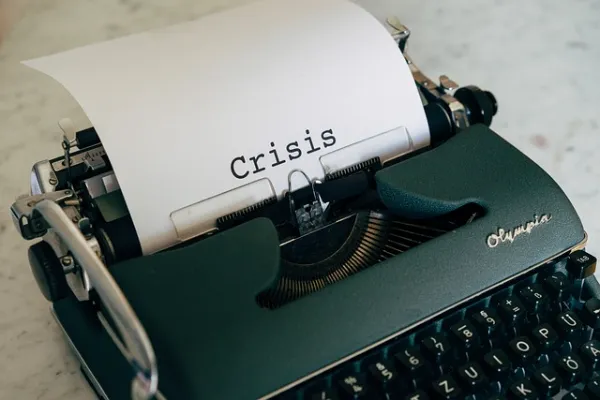
Well, there are a few reasons why this might happen. It’s usually a combination of things, and it’s not just about one factor, but more about how these things come together over time. Some common reasons include:
- Low consumer demand: If people are nervous about their finances or the future, they might stop spending money. And when consumers aren’t spending, businesses don’t have much incentive to grow or hire more people.
- High unemployment: When a lot of people are out of work, they don’t have money to spend. This further slows down demand for goods and services, creating a kind of negative cycle where no one has enough money to get the economy moving again.
- Lack of investment: If businesses don’t feel confident about the future, they might stop investing in new projects, hiring, or expanding. When businesses aren’t growing, the economy tends to slow down too.
- Global factors: Sometimes, economic stagnation can be triggered by things outside a country’s control, like a global recession, trade issues, or even big events like pandemics. When other countries are struggling, it can have a ripple effect.
How Does It Affect People?
Here’s where it gets real. When the economy stagnates, it’s not just some abstract number on a chart. It impacts people’s everyday lives. Jobs can become harder to find, wages may stay flat, and businesses might struggle to survive. If the economy isn’t growing, people are less likely to get raises, find new opportunities, or improve their quality of life.
Imagine you’re working in a job you like, but there’s no sign of a raise or promotion in sight because the company is just trying to stay afloat. Or maybe, you’re in a situation where companies aren’t hiring as much because there’s just not enough demand to justify creating new positions. That’s the reality of economic stagnation for a lot of people—it feels like being stuck.
What Happens If It Stays Like That?
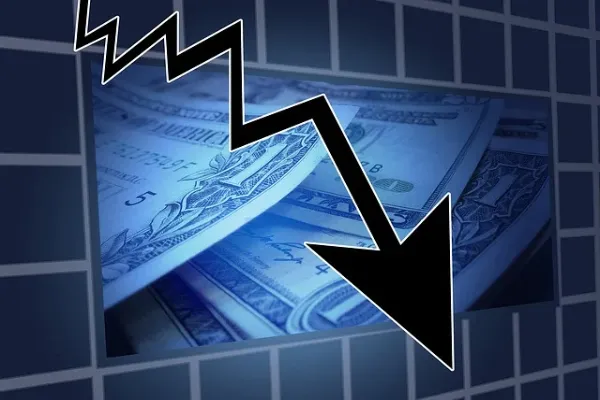
Now, here’s the big concern: If an economy stays stagnant for too long, things can get even worse. Think about it like this: If you leave your car in neutral for too long without doing anything to fix it, it might break down completely. In the same way, if an economy stays stagnant too long, it can lead to things like recession, which is when the economy actually starts shrinking. That’s when job losses go up, businesses close down, and things get really tough for a lot of people.
On top of that, stagnation can also cause rising debt, both for individuals and the government. When things aren’t growing, governments might struggle to pay for public services and support social programs. That can lead to higher taxes or cuts in public services, which only adds to the pressure.
So, What Can Be Done About It?
The good news is that economies are not stuck forever. When things slow down, governments and businesses can take action to try and get things moving again. This could involve:
- Government intervention: Governments often step in with things like stimulus packages, infrastructure projects, or tax cuts to try and boost demand and get people spending again.
- Monetary policies: Central banks might lower interest rates or pump money into the economy to encourage borrowing, investing, and spending.
- Encouraging innovation: Businesses that focus on new technologies, industries, or markets can help spark growth. Plus, when entrepreneurs and companies come up with fresh ideas, it creates jobs and builds a more dynamic economy.
But the tricky part is that it takes time to get things back on track. Economic recovery isn’t an overnight fix—it requires careful planning, patience, and sometimes a bit of luck.
In a Nutshell
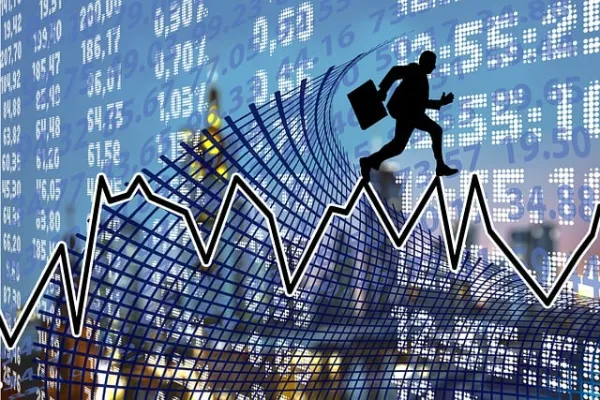
Economic stagnation is basically when the economy just isn’t growing much, if at all. It can be caused by a mix of things, like low consumer demand, high unemployment, or lack of investment. When the economy’s stagnant, people feel it—jobs are harder to find, wages don’t grow, and businesses don’t expand. But even though stagnation is tough, it’s not permanent. With the right actions from governments and businesses, an economy can start growing again.
So, next time you hear about economic stagnation, you’ll have a better idea of what’s actually happening behind the headlines—and how it affects you and everyone around you. It’s all about understanding that while things may slow down for a bit, there’s always a chance to get back on track with the right moves.






Leave a Reply